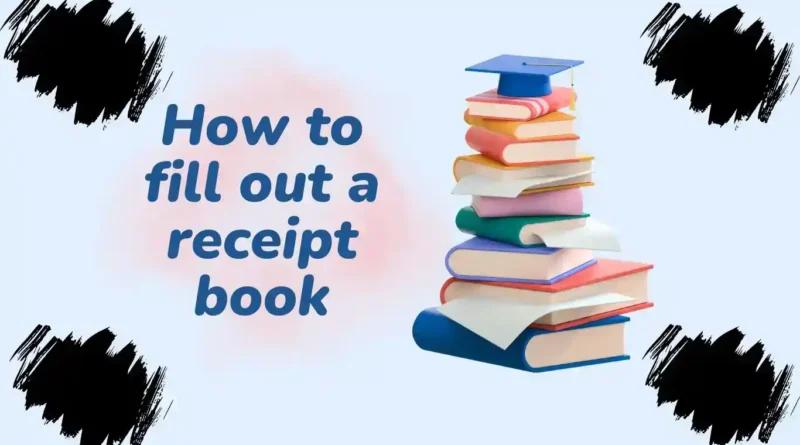How to Fill Out a Receipt Book
A Comprehensive Guide: How to Fill Out a Receipt Book
Whether you’re a small business owner, freelancer, or just managing personal finances, understanding how to properly fill out a receipt book is essential. Receipts serve as proof of transactions and are crucial for record-keeping, accounting, and tax purposes. In this comprehensive guide, we’ll delve into the intricacies of filling out a receipt book, covering everything from what information to include to best practices for accuracy and organization.
Understanding the Components of a Receipt Book
Before diving into the specifics of filling out a receipt book, let’s break down its key components:
- Header: This typically includes the name or logo of your business, contact information, and possibly a receipt number or date.
- Recipient Information: Name and contact details of the person or entity receiving the receipt.
- Transaction Details: Description of the goods or services provided, along with quantities, prices, and any applicable taxes or discounts.
- Payment Information: Method of payment (cash, credit card, etc.) and total amount paid.
- Additional Notes: Space for any additional comments or special instructions.
- Signature: Often includes a space for the recipient to sign, acknowledging receipt of goods or services.
Step-by-Step Guide to Filling Out a Receipt Book
Now, let’s walk through the process of filling out a receipt book, step by step:
Step 1: Start with the Header
- Write or stamp your business name or logo at the top of the receipt.
- Include your contact information, such as your phone number, email, and address.
- Assign a unique receipt number and/or date to help with organization and tracking
Step 2: Recipient Information
- Fill in the name of the person or company receiving the receipt.
- Include their contact details, such as address and phone number, if necessary.
Step 3: Transaction Details
- Write a brief description of the goods or services provided. Be clear and concise.
- Specify quantities, unit prices, and any applicable taxes or discounts.
- Calculate the subtotal for each item and the total amount due

Step 4: Payment Information
- Indicate the method of payment (cash, credit card, check, etc.).
- Record the total amount paid, including any change given.
- If applicable, include the payment reference number or authorization code.
Step 5: Additional Notes
- Leave space for any special instructions or comments.
- Note any warranties, guarantees, or return policies.
Step 6: Signature
- Provide a space for the recipient to sign and date the receipt.
- This serves as confirmation of receipt and may be necessary for legal purposes
Best Practices for Filling Out Receipts
- Be Accurate: Double-check all information for accuracy before handing over the receipt.
- Keep Copies: Make copies of each receipt for your records, whether digital or physical.
- Maintain Organization: Store receipts systematically for easy retrieval and reference.
- Stay Legible: Write or print clearly to ensure the receipt is readable and professional.
- Protect Privacy: Be mindful of sensitive information and take precautions to protect customer privacy.
- Use Sequential Numbers: Assign unique receipt numbers sequentially to track transactions efficiently.
Conclusion
Filling out a receipt book correctly is essential for maintaining accurate records and fostering trust with customers or clients. Following the step-by-step guide and best practices outlined above, you can ensure that your receipts are clear, accurate, and compliant with accounting standards. Whether running a business or managing personal finances, mastering the art of filling out receipts is a valuable skill that can streamline your record-keeping processes and contribute to your overall financial health.




